Chicago Academy of Sciences
Founded in 1857 and chartered in 1865, the Chicago Academy of Sciences was guided in its early years by Robert Kennicott and William Stimpson, close collaborators of an early leader of the Smithsonian Institution. The academy, with one of the best natural history collections in America, built a museum at Wabash and Van Buren, but its exhibits, collections, and library were destroyed in the fire of 1871. The academy rebuilt and lost its building during the economic turmoil of the 1880s.
After renting space for several years, the academy built the Matthew Laflin Memorial Building, opening in Lincoln Park in 1894. This relationship with the park district formed the model of capital and operating support for museums which has been the foundation for Chicago's unique Museums in the Parks arrangement. The academy pioneered ecological dioramas, loan boxes for schools, a forerunner of the modern planetarium called the Atwood Celestial Sphere, and the use of still and motion photography in the documentation of natural history. However, by the mid-1930s, these leadership positions had been overtaken by larger or specialty organizations. The academy languished as a museum but flourished as a research institute during the 1940s and 1950s. In 1958 William J. Beecher began a process of renovation of building, exhibits, and programs. Fueled in part by post-Sputnik funding, the academy became known as a site for teacher training and as a home for the growing environmental movement.
1930s Chicago Academy of Sciences - Chicago, IL Postcard








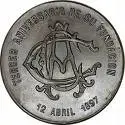
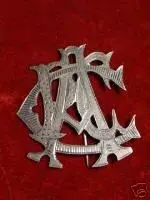




![monogram pin[1] (2).webp](/data/attachments/327/327432-3cac41ba340cda0090b3b3703ee60112.jpg?hash=hGnOcA-s2U)
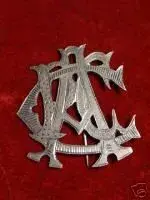
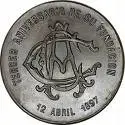
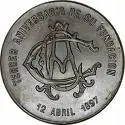
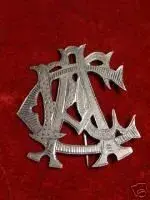









 to Bramble & BCH! You need a pin for YOUR achievement! Way to go! Breezie
to Bramble & BCH! You need a pin for YOUR achievement! Way to go! Breezie